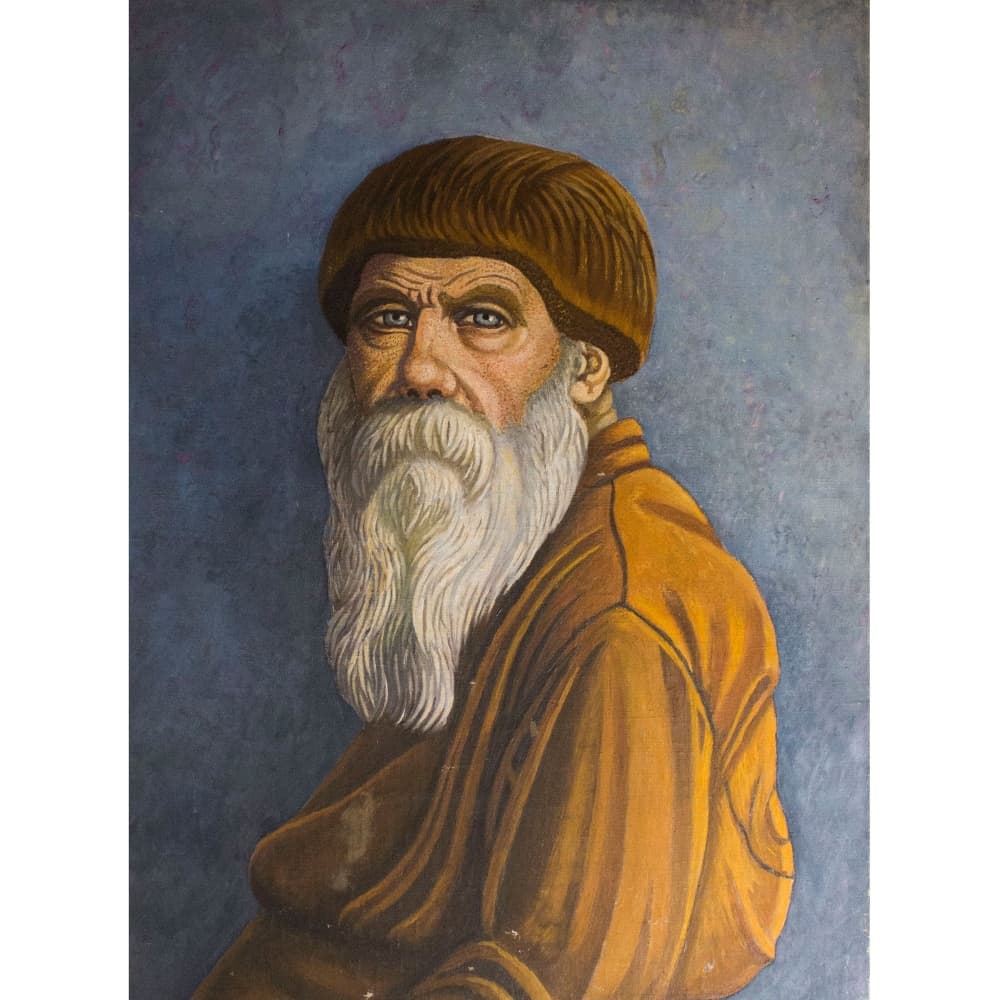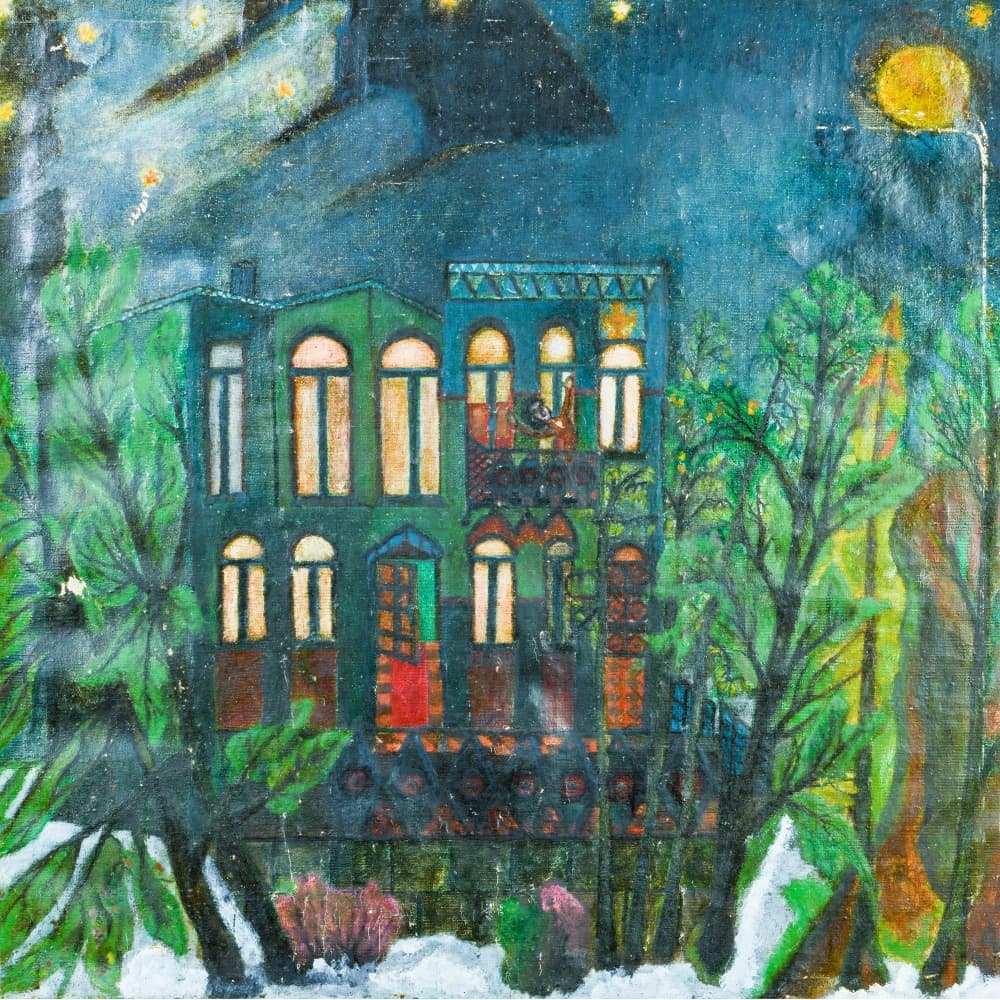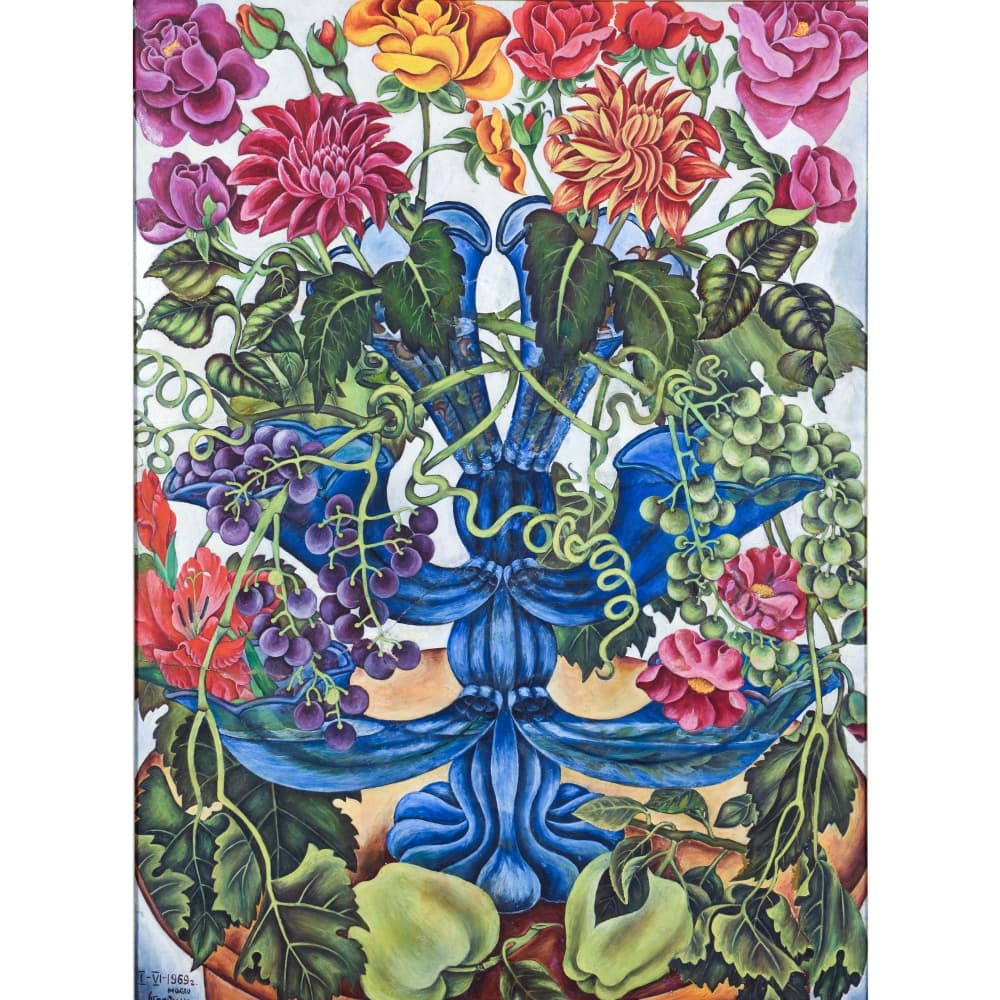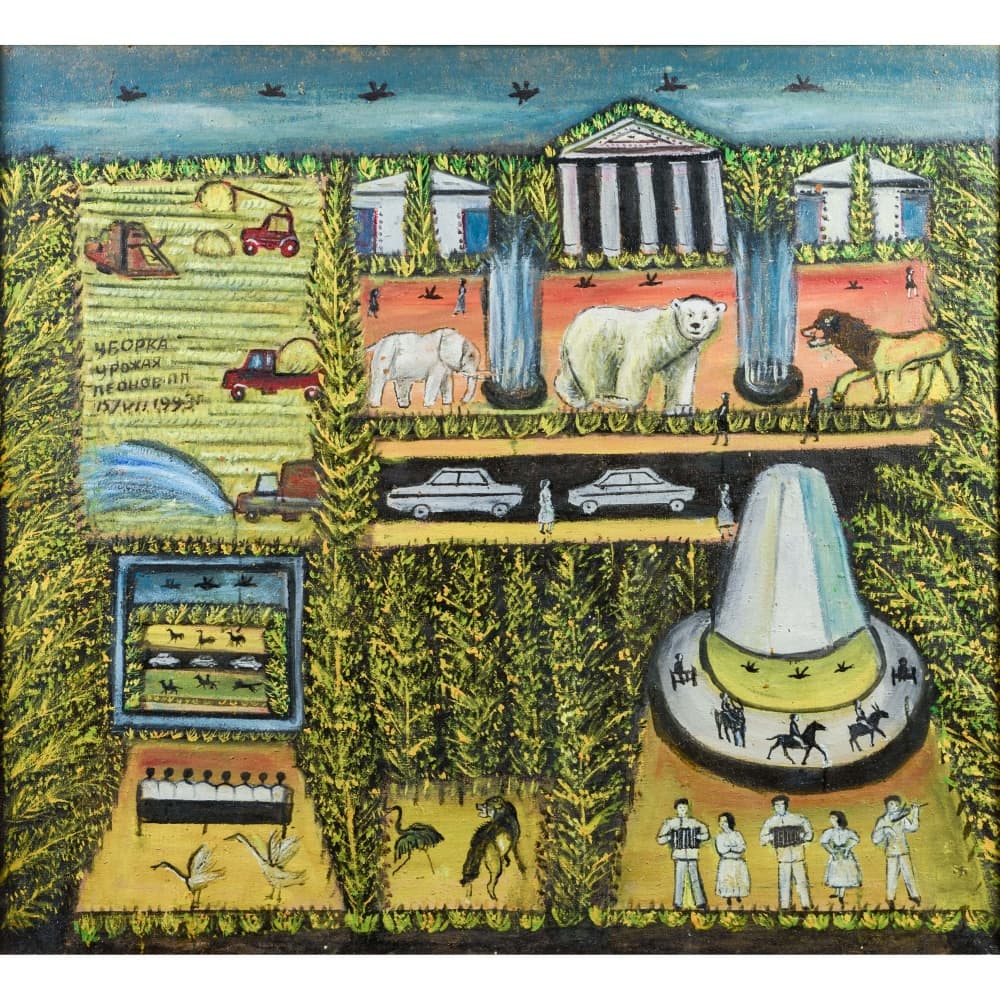In 2001, the collection was divided into three parts, based on the conclusion of an expert commission of the country's leading art historians specializing in non-professional art. The largest and most valuable part of the ZNUI collection was transferred to the GRDNT.
The teachers of these artists in the 1960s and 1980s were underground artists, representatives of the left wing of the MOSKh, who were expelled from the Union of Artists after the Manezh exhibition of the New Reality in 1962. This synthesis of unofficial and unprofessional art gave rise to the phenomenon of Soviet naive art. The section includes both significant, much-exhibited works as well as study drawings, sketches, and sketches, the back of which contains comments from students and their teachers, as well as information about the study assignment.
The most recognized of these are: P.P.Leonov, I.E.Selivanov, A.I.Kantsurov, A.P.Kashigin, G.L.Ivanov, V.G.Anosov, A.A.Belykh, V.I.Brankovskaya, E.A.Volkova, E.N.Frolenkova, A.G.Tyapkin.
Numerous monographs, collections of articles, articles, album-catalogues, films, encyclopaedias and dictionaries are devoted to the creative work of these artists, and the names of some of them were included in the World Encyclopaedia of Naive Art.












